The breeze nudges the cables of the living root bridge and immediately my fingers clasp the rails. Two Khasi girls, their hair tied with bright red ribbons, giggle as my legs wobble but when you are walking down a bridge engineered entirely with roots and branches of a tree, it is tough to be confident. Realizing that wooden bridges would not survive long in a region that is deemed the wettest in the world, the War-Khasis devised strategies to train the secondary roots of rubber trees (Ficus elastica) on either side of creeks to propagate horizontally across the rivers to form a living connective tissue. Scaffolds made of wood and bamboo, sometimes root-guidance systems made of betel nut trunks are used in the process. Some of these bridges may take fifteen years of training to take shape and to be able to start taking the weight of humans crossing it. If you are wondering in which fantastic part of the world I am in, let me tell you. I am trekking in Cherrapunjee, Meghalaya to witness the living root bridges that this region is famous for.


The older ones are often centuries old and sturdy enough to bear the weight of entire families. Nestled in the densely forested mountains of Sohra (or Cherrapunji, as we, people from the plains call it) is the village of Tyrna, home to one of the most iconic attractions of the Indian state of Meghalaya: the Double-Decker Living Root Bridge. It is this marvellous bridge that I’m crossing.
Also read: In spring, the forests of Sikkim are full of blushing rhododendrons. Go on a trek in the Rhodododendron Sanctuary in Sikkim to experience this beauty.

Easy Beginnings: Umshiang Living Root Bridge Trek
It started easy, down concrete steps laid along the hillside. Lianas hung in tangles from tree trunks. Sunlit glimmered through gaps in the sub-tropical foliage; on the ground, the green of fronds was interrupted by colourful mushrooms and wildflowers. With the refreshing air for company, soon we had covered some 1800 steps. Local children peddled lemonade and cut pineapples for INR 10. They conversed in English but when I approached them, they shied away. As I passed little villages hidden deep in the forest, I wondered about livelihood in this unforgiving terrain of dense undergrowth and hissing streams crisscrossing the mountainside. It is not conducive to agriculture or cattle breeding, yet these ethnic groups continue to live here after adapting to the environment. The aggressive intrusion of tourism has laid its fingerprints on these villages and their people. Bottled drinks and packaged snacks are readily available and those not conscious enough, leave behind plastic footprints. Whether the advent of tourism in these remote parts will rob the people of their identity and culture by planting seeds of consumerism remains to be seen.
Also read: Excited to visit Meghalaya? Plan your trip using this detailed Meghalaya 7 Days Travel Itinerary.

Taking a Detour: Jinkieng Ri Tymmen – The Long Living Root Bridge
Descending down gentle steps for about an hour, I reached a fork and ended up detouring towards the longest single root bridge, the 120 years old Jinkieng Ri Tymmen. Unlike other living root bridges, this bridge is supported by a pair of rubber trees at either end instead of being rooted to the ground. I almost had my heart in my mouth as I stepped on the bridge. Entry fee is INR 10 per head (INR 20 for cameras). You can head over to the bridge (as it is the rule with most root bridges, do not be stationary in the middle nor let there be more than two people on it at a time. The drop might look beautiful but is dangerous). Looking back, I feel it is wiser to visit this bridge before continuing on the main trail, as one might be too exhausted on the way back.
Also read: Plan a trip to West Sikkim with The Complete West Sikkim Travel Guide.

Nongriat: Home of the Double-Decker Living Root Bridge
We retraced our steps to the fork. The descent from here is much steeper but the treads are shorter and narrower. I encounter two suspension bridges made exclusively of thick iron wires. It’s the second one that gave me the
Also read: Love pork? Read Shillong Pork Trail: Where to Find the Best Pork Dishes.


It has taken us over 2 hours to cover almost 3500 steps but when I see it, the natural beauty and the marvel of the scene completely washes off all exhaustion. The humidity is pressing. I am walking on the upper tier when a stray breeze rattles me. I step ahead with trepidation; more giggles from locals. I slowly make my way to the bottom tier. I stare at the living root bridge– so stunning a piece of architecture it is– I am left wanting words to describe this symbiosis between human and nature. Later I will find that the locals are trying to form a third level, which might be ready and sturdy enough in a couple of decades. It worries me somewhat that their motivation now is increasing tourist inflow. I rest on the banks of the natural pool below the bridge and let the cool breeze dry off the sweat. A cathartic experience, to say the least!
Local shops selling snacks, refreshments, and water have mushroomed near the bridge. A couple of homestays have started here too. They appear to do brisk business since many who trek with children or with families prefer to spend a night and start the climb back up the following day. Talking to a shopkeeper here I find that the trek continues forward and if I manage to persevere I can reach Rainbow Falls (2 km away but takes another 2 hours to trekking due to the steep climb from here on).
Marching ahead: Natural Swimming Pool
I am uncertain whether I’d be able to reach Rainbow Falls in time to make the climb back before the sunset but trudge forwards anyway. The route onward does not have any shops or refreshment stops. There are fewer tourists and you can have the forests to yourself. I did spot a football ground here of all places! A quarter of the way, I meet a fellow trekker making his way back and he suggests abandoning plans for Rainbow Falls since there’s no way I’ll be able to return before evening sets in. However, another 30 odd minutes from the spot we are at, I chance upon a natural swimming pool with crystal clear turquoise water.
Also read: Be mesmerized by the clear blue waters of the Dawki river at Shnongpdeng. Read The Complete Guide to Shnongpdeng to find out more.

Heading ahead and keeping an eye out on the left, you would be able to discern the point where you need to abandon the path to Rainbow Falls and take a sharp climb over the rocks below to this natural swimming pool. Being able to reach this pristine point remains the highlight of my entire living root bridge trek! This sudden opening up of the constricted, vertiginous landscape into a shimmering flan of clear, cold water left me speechless. The exhaustion dissipates and the mind fills up with tranquil joy when you see the gentle wave of blue water reaching out towards you from the base of the tiny waterfall that has opened up into this crevice. I did not spot anyone else here and decided to fulfil two lifelong dreams of mine, one to drink the clear water of a mountain waterfall and to bathe under the same. Truly, this rich and fulfilling experience filled up my heart and made me understand the sentiment behind the phrase “being one with nature”.

Reflections from the Deep
After a quick dip in the mineral-rich waters, I finally start on the trek back. I stop at a little shop in Nongriat, order an omelette and a plate of Maggi (I have come to realize that Maggi always tastes better in the mountains), and chat with the shopkeeper. To realize that generations have lived in this tiny village cradled in the lap of nature and ascended and descended these same steps every single day is humbling and inspiring.
Society here leans towards a matriarchal setup where the girl child is a harbinger of joy and women are the hard-working decision-makers of the family. Be it children, women, or the older generation, they are happy. While most of us are running after material things and a glamorous lifestyle, these mountain people have unlocked the secret to a simple life. Maybe they are the ones who have understood the meaning of life and are more content than we will ever be. Experiences such as these stop being a lesson in endurance and become a shift in perspective; your heart learns and your mind grows. My legs might be threatening to fall off but this trek to the double-decker living root bridge was worth every single step.
Climbing Back Up
The climb back up from the deep valleys where the living root bridges are located is the most gruelling and physically intensive part of the journey. Remember to keep it slow and stop after every 100 or 120 odd steps and rest for a couple of minutes and then continue forward again. My legs were aching and my lungs were dying for air but I was satisfied at completing the trek, well, almost complete since I didn’t make it to Rainbow Falls. This journey was far more rewarding than anything else could have been.

Living Root Bridges Trek: Tips
Tyrna Village should be your primary base point. We stayed in Shillong with access to our own transportation and thus reaching the entry point was not a very hard task. Fair warning, if you do not have a car or a bike, it gets difficult to reach Tyrna (which is about 18-20 km far from Sohra and public transportation is unreliable, crowded, and runs entirely without a timetable). At the entry, you will find children asking you to borrow bamboo canes for 20/- a piece. Initially cumbersome, they can be of the greatest help when you climb back up. Local guides will also offer their services for around INR 1200; you can politely say no since the trail is clearly marked. Strike up conversations with the locals and fellow trekkers, and don’t hesitate to ask should you need help.
Living Root Bridges Trek: Things to Remember
- Do not carry unnecessary luggage and increase the overall weight. You will have to pull all your belongings up on the way back.
- Even if it is winter, woollens or jackets would not be necessary as the physical exertion and the humidity of the area can make you sweat.
- Carry a few litres of water and a few packets of ORS or glucose. Great help for instant replenishment if you do ever feel tired.
- Start the trek to the double-decker living root bridge early in the morning so that you can reach the base of rainbow falls before 11 AM. That way the angle of the rising sun will bring out a rainbow in your view. This phenomenon occurs every day when the skies are clear.
- If you start early, you can plan to trek onwards from the Double Decker living root bridge to Rainbow Falls and continue to Nohkalikai Falls and finally ascend near the bazaar area at Cherrapunji.
- It is better to carry out treks such as these in a small group & not entirely alone.

What is your favourite trekking story? Be sure to let us know!
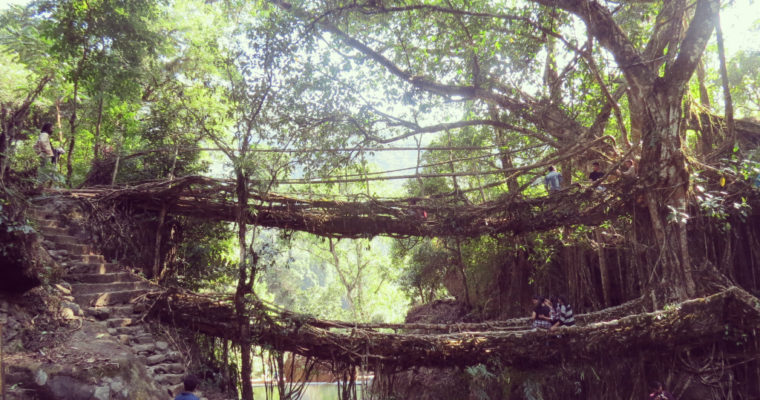
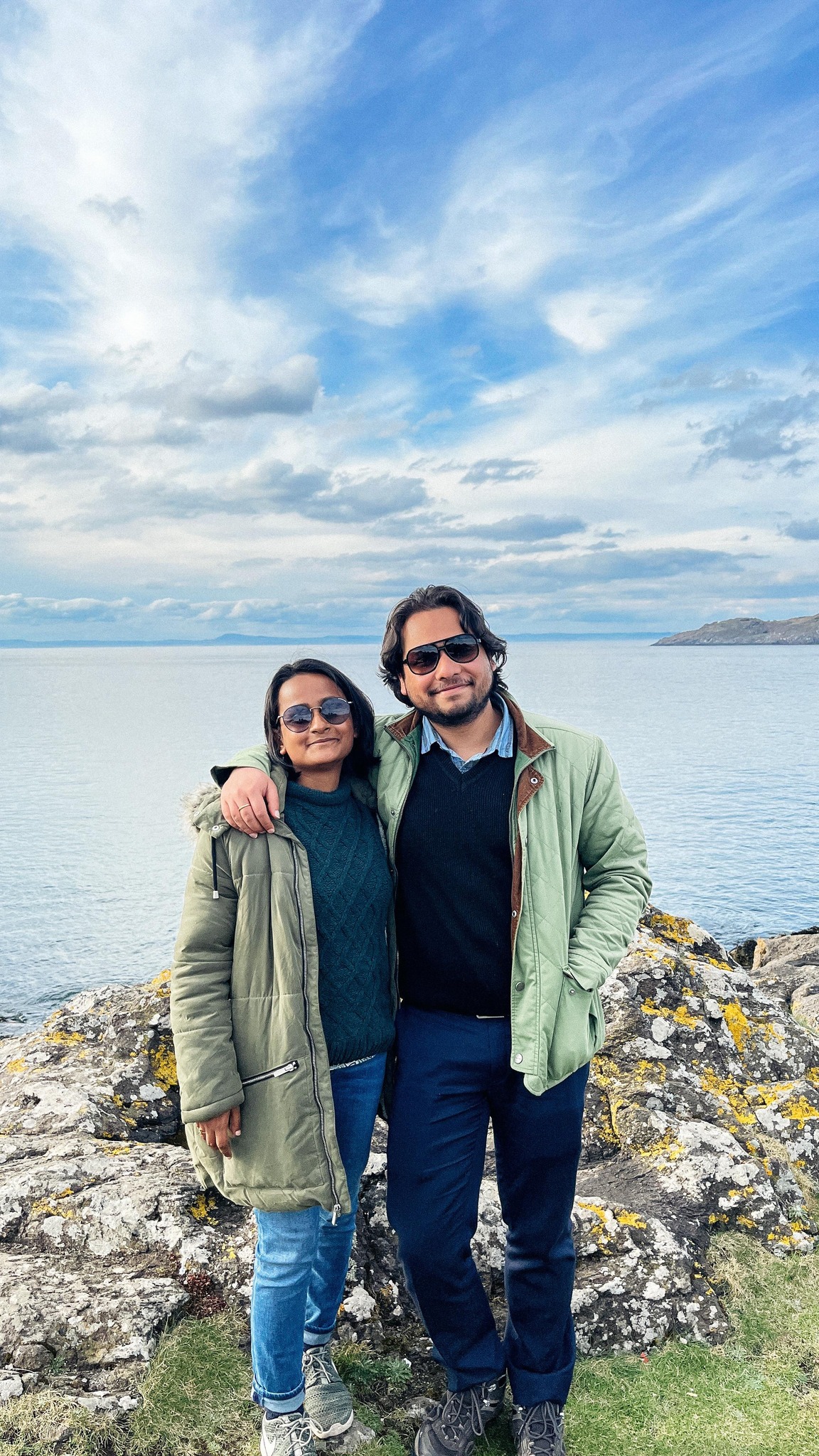
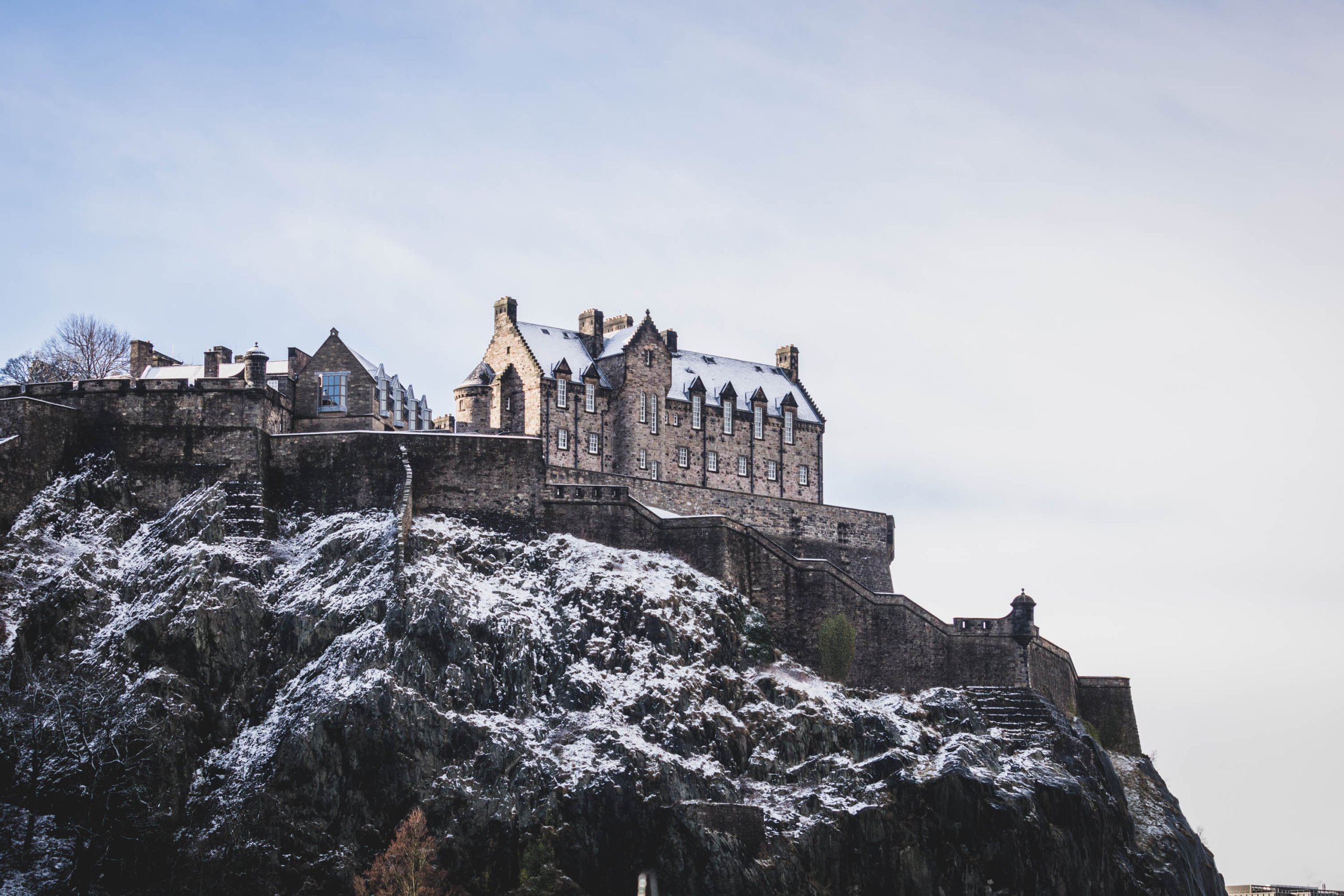



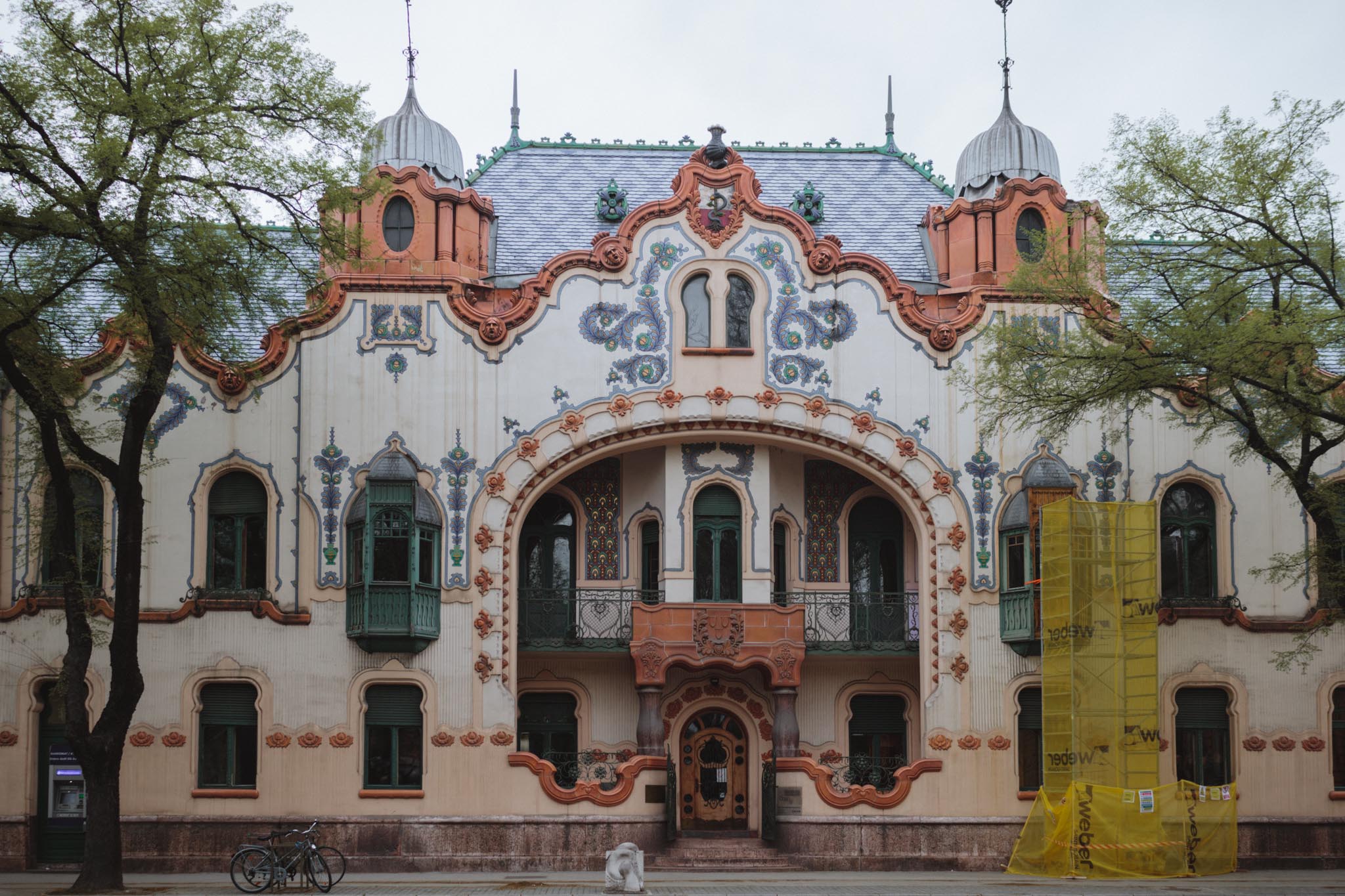

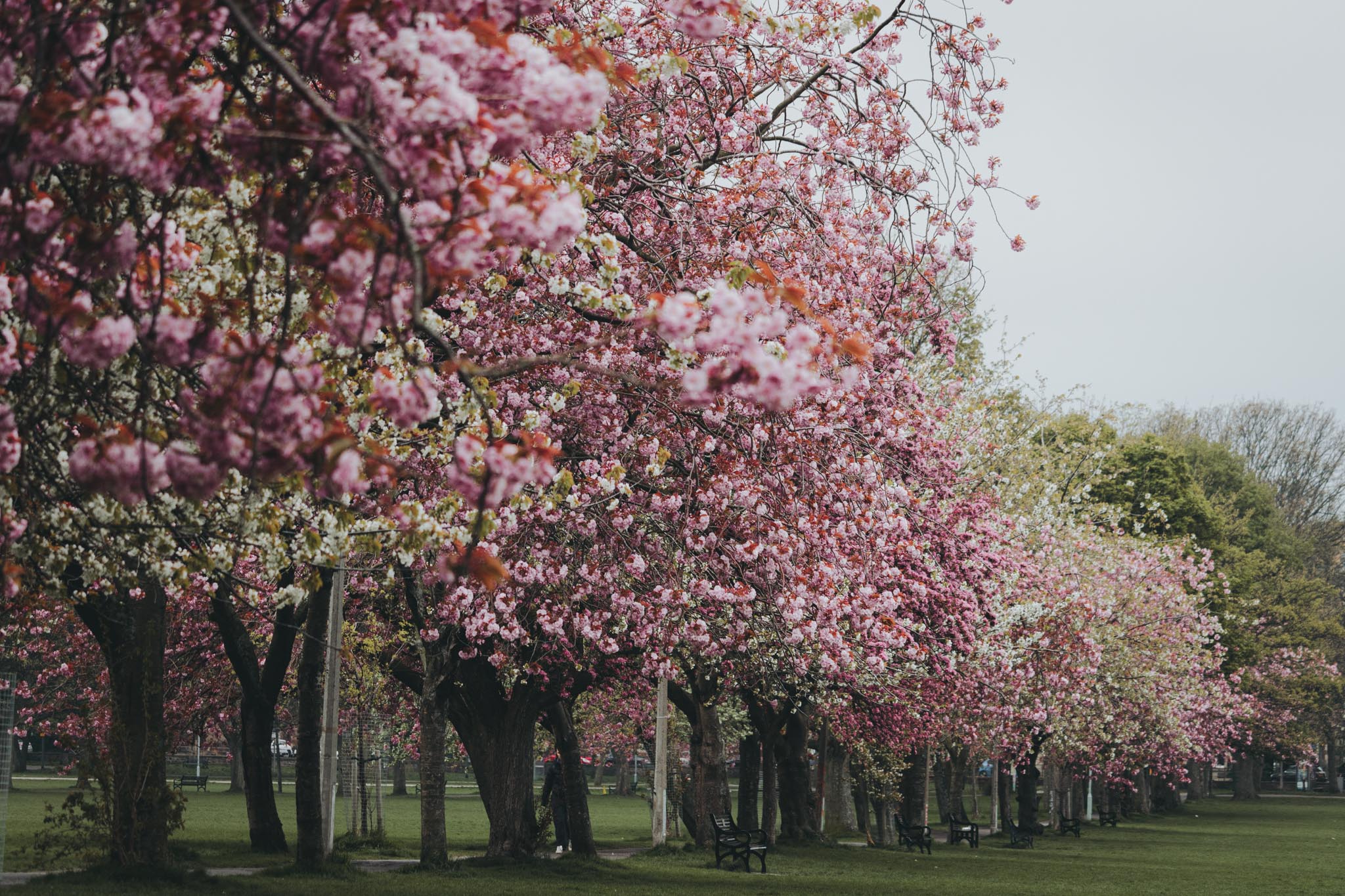
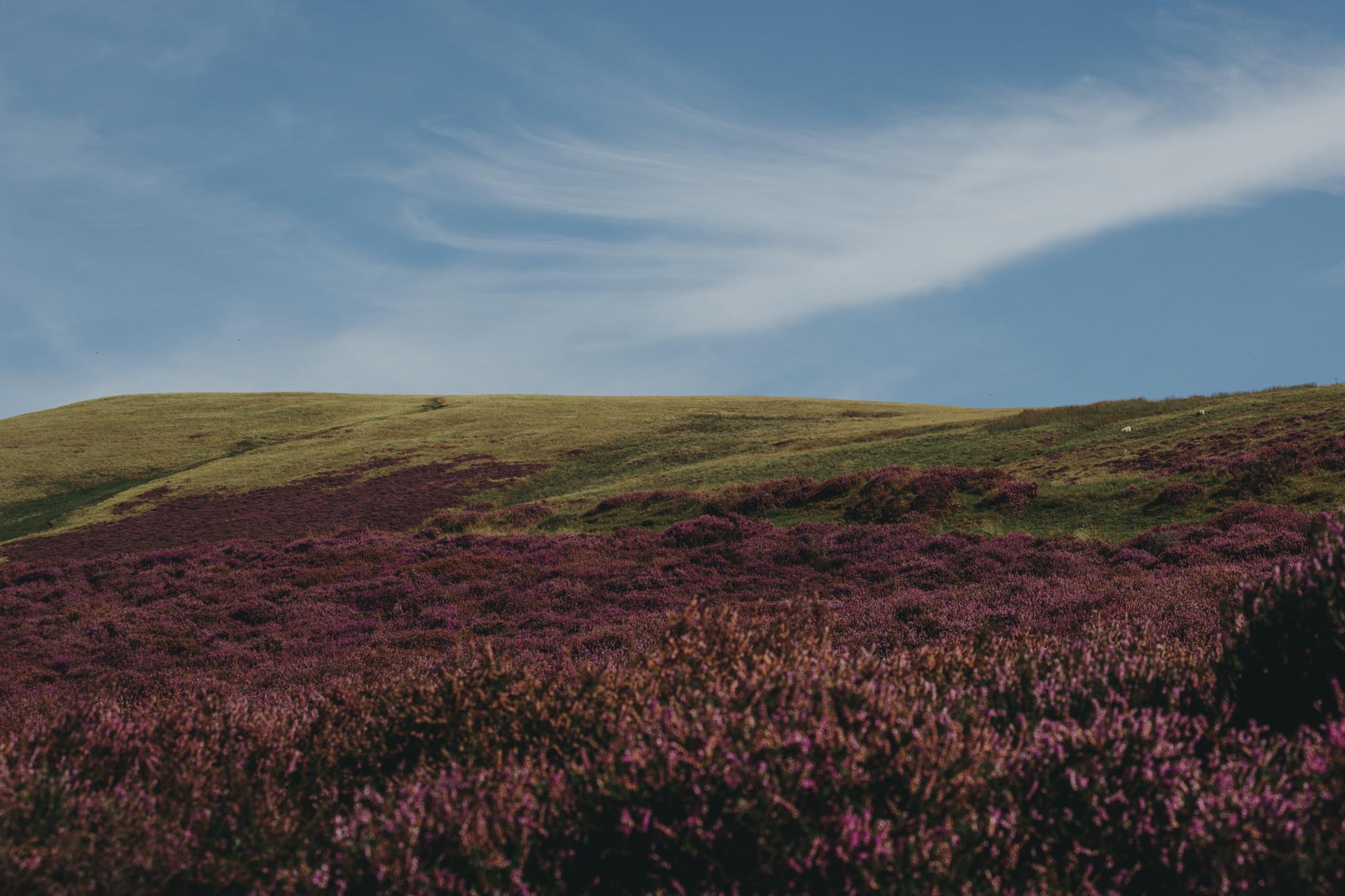
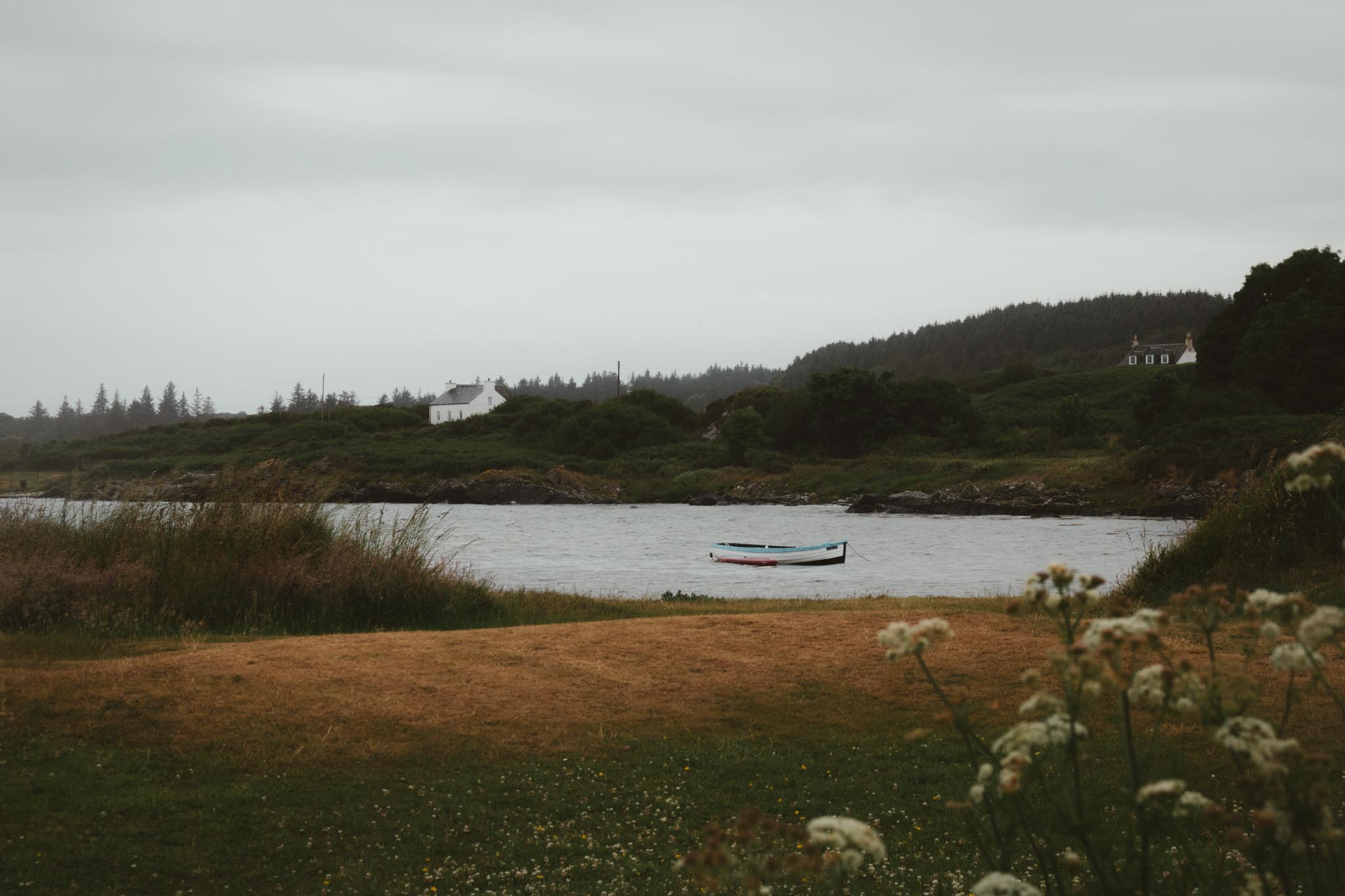
Leave a Reply